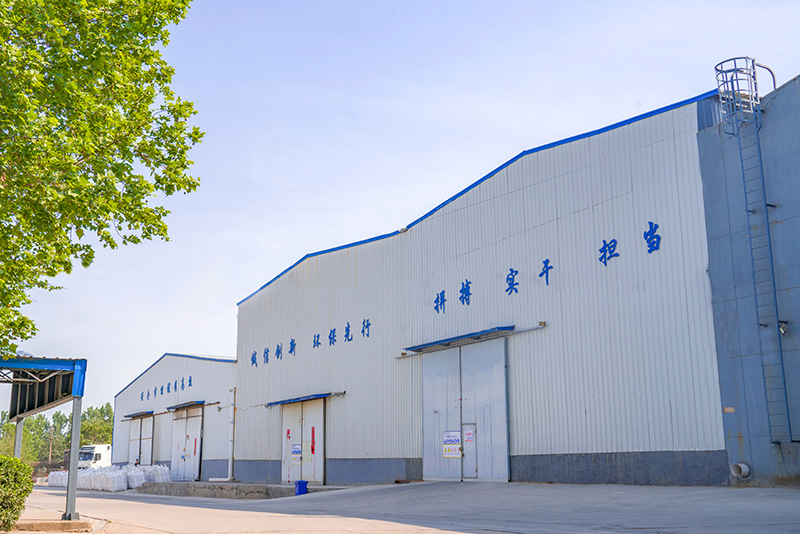Exploring the Importance of Foundry Sand in Metal Casting
Foundry sand plays a pivotal role in the metal casting industry, acting as a crucial component in the production of various metal components. This natural resource, primarily composed of silica (SiO2), has found applications due to its favorable properties, including high thermal stability, excellent refractoriness, and adequate permeability. The significance of foundry sand extends beyond its physical characteristics; it embodies an integral part of the casting process that ensures the creation of high-quality metal products.
Exploring the Importance of Foundry Sand in Metal Casting
One of the crucial aspects of foundry sand is its ability to retain moisture, which is essential in creating effective molds. The moisture content helps in binding the sand particles, creating a compact and rigid mold that reduces the chances of defects in the final casting. When blended with bonding agents, such as clay, foundry sand achieves enhanced strength and stability, necessary for maintaining the shape under the intense thermal conditions present during casting.
foundry sand pdf

Moreover, the foundry sand’s permeability allows gases to escape during the solidification of molten metal. If gases cannot escape, they can create defects or imperfections within the cast metal, leading to compromised structural integrity. Therefore, the choice of foundry sand must consider its grain size and distribution, as these factors directly influence the permeability and overall quality of the cast product.
Sustainability is another key consideration in the foundry sand industry. Traditionally, foundry sand has been a non-renewable resource, leading to concerns about depletion. However, the industry has taken significant strides towards sustainability through recycling initiatives. Waste foundry sand can often be repurposed for various applications, including construction materials, land reclamation, and even as a component in concrete. This not only reduces the environmental impact but also addresses the cost concerns associated with acquiring new sand.
As technologies advance, innovations in foundry sand processing and applications continue to emerge. Researchers and engineers are exploring new binding agents, methodologies for sand reclamation, and enhanced cooling techniques that optimize the casting process. This venture into innovation aims to improve the efficiency, quality, and eco-friendliness of metal casting, ensuring that foundry sand remains a vital resource for the industry.
In conclusion, foundry sand is an essential material in the metal casting process, with remarkable properties that contribute to the quality of cast products. Its ability to withstand thermal stress, retain moisture, and allow gas escape makes it indispensable in manufacturing various metal components. As the industry evolves toward sustainability and innovation, foundry sand is likely to maintain its relevance, demonstrating the need for continued research and development in this critical area. By addressing both environmental concerns and operational efficiencies, the foundry sand market can contribute positively to the broader industrial landscape while ensuring the longevity of its applications in metal casting.
Post time:ພ.ຈ. . 25, 2024 13:52
Next:sanding block 3d print
